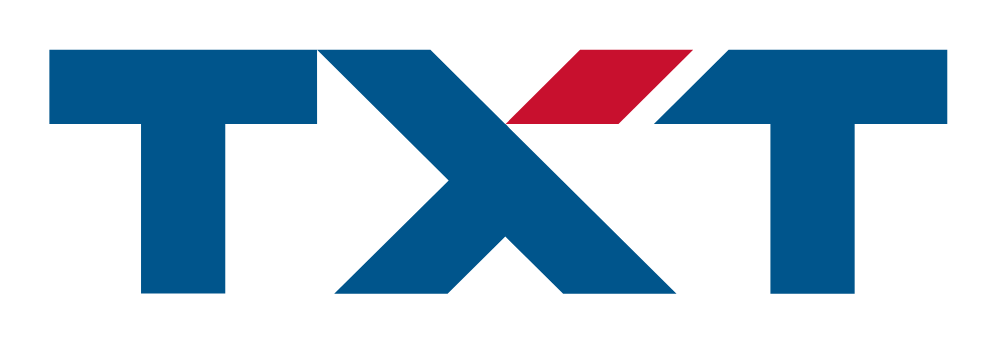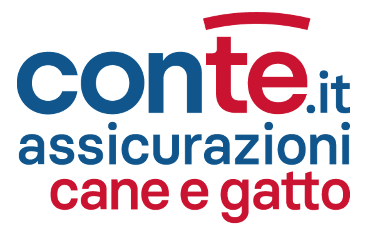The problem
Aligning internal practices with external excellence
Sandler is famously known for introducing The Sandler Selling System, a training methodology focused on improving sales techniques and customer interactions.
“We train sales teams to perform at the highest level with best practices,” says Michael Norton, EVP of Sales at Sandler. “People expect our sales team to be the gold standard.”
Given Sandler's industry leadership in performance improvement and training, it’s natural to assume their internal go-to-market approach mirrored the best practices they preached to their clients. However, an honest self-appraisal at Sandler revealed that there was work to be done internally when it came to their tech stack.
Sandler previously embraced the use of many tools to support their sales strategy, yet the accumulation of tools didn't necessarily yield better outcomes.
“We had six different tools people had to log into,” says Michael. “And none of them were integrated, so reporting was difficult.”
Reps found the process of logging their sales activities in multiple tools cumbersome. As a result, only a few reps would allocate time for it, leading to limited data input and minimal insights gained.
It was clear that Sandler needed to make a change. This transformation called for a robust system that could flawlessly uphold and propel the very strategy they were championing to others.
The solution
Propelling a modern Go-To-Market strategy with Sales Hub
The transformation started when Sandler honed in on the right tools and the right activities at the right times.
With the introduction of Sales Hub, Sandler's sales team has effortlessly translated their strategic methodology into a practical and actionable reality for their organization.
Prospecting smarter
Engaging in relevant and timely conversations
The Sandler method places a strong emphasis on customer-centric conversations. And although the sales team is extensively trained in conducting these conversations, they struggled to obtain insights into prospects’ engagement with their content. This information gap led to uncertainty and impersonal conversations, as the sales team had to rely on speculation rather than concrete data.
Now, the team benefits from comprehensive engagement tracking. Reps receive automatic notifications as soon as a prospect engages with content, whether it’s on the website or through an email.
“Understanding where a prospect is in the buyer's journey, with the ability to see what content they've viewed and clicked on recently, has made conversation with them a lot more relevant. We’re able to meet prospects where they are rather than just taking a shot in the dark,” explains Jackson Mead, Enterprise Account Executive at Sandler.
Streamlining activity tracking and logging
Tracking and logging sales activities is just as essential to understanding what’s working in Sandler’s sales strategy and what’s not. Previously, sales reps needed to log calls manually into different systems. Now, the process is entirely streamlined with automated call tracking and logging.
“Before, you didn’t really know who took a meeting and who didn’t. With Sales Hub and its ability to integrate with Zoom, all meetings are tracked and logged automatically. I don’t ever have to think about it.”
Apart from call tracking, reps track and log their activities in one place. This streamlined setup facilitates effortless monitoring at every level. And the inherent intuitiveness of Sales Hub has encouraged reps to update their activities more consistently.
As a result, Sandler has witnessed a 50% adoption rate increase year-over-year - a testament to HubSpot’s ease of use and the quick and practical insights it delivers.
Enhancing seller productivity
Reps often have limited time to dedicate to menial tasks, and switching between tools can be a pain. With a prospecting workspace, salespeople can stay focused on a single view of their prospecting work, with the tools and data they need to update, analyze, and execute conveniently located in one place.
“The prospecting workspace really aids in rep productivity with the accessibility of everything in one spot,” says Jasmine Lecky, Sales Operations Specialist.
Jackson adds, “It keeps me accountable for the things I need to do, such as phone calls, emails, and LinkedIn outreach.”
Saving valuable time on email outreach
The sales team used to invest a ton of effort on prospect outreach using a manual one-to-one approach.
“Before, reps struggled to come up with the right volume and cadence for email outreach,” says Emily Reggia, Enterprise Marketing Manager. “With automated sequences, they can now quickly identify who is actually interested with a broader approach, involving less time and effort.”
Jackson, in particular, benefited significantly from automated sequences. In his previous role as a Business Development Rep (BDR), he hit his quotas way ahead of schedule.
He explains, “Building out these sequences strategically, sending everything out automatically, optimizing my strategy, and measuring the impact of my outreach at every step has been a game-changing enhancement to my sales approach.”
Scaling insightfully
Prioritizing deals effectively
The ability to simplify data interpretation for Sandler’s sales leaders is crucial to streamlining their decision-making process, optimizing their go-to-market strategies, and driving more effective sales outcomes.
Instead of constantly reaching out to colleagues in finance or accounting, they can simply view a dedicated dashboard and instantly get a window on the distribution of deals in different stages.
What’s more, they are prioritizing their time on high-value activities. “There's been a noticeable drop in deals experiencing delays,” says Jasmine. “We’re investing less time in deals that don't pan out, allowing us to redirect our efforts towards prospecting and other activities that directly contribute to positive outcomes—especially in terms of securing successful deals.”
Predicting revenue more accurately
“Our forecast calls used to be located across multiple systems,” recalls Jackson.
“There was one person dedicated to regularly collating data from six different tools to compile reports for leadership,” adds Kerri Martinek, Head of Marketing at Sandler. “The process was time-consuming, labor-intensive, and failed to tap into that employee's full range of talents.”
Sales Hub has brought about a remarkable advancement in forecasting capabilities at Sandler.
The sales team can accurately gauge the likelihood of successfully closing deals. And that employee previously responsible for consolidation is now freed up to dive into more interesting projects that help propel the business forward.
Jasmine affirms, "Sales Hub empowers us with the means to create more precise forecasts, fine-tune our strategies, and navigate the complexities of sales with a heightened sense of assurance."
Thanks to the ability to predict revenue more accurately, Sandler has been able to make strong business decisions and further scale their business.
Targeted coaching and support
In addition to leveraging data for improved revenue prediction and deal prioritization, the sales team has also identified coaching opportunities at scale.
Now, with conversation intelligence and the ability to view all activities in a single location, managers can easily identify performance patterns and areas for improvement.
“Sales Hub is a great coaching tool because you can see each rep’s activities on a really granular level,” says Kerri. “We can listen to their calls and capture voice data; we can see what their cadence looks like, so we can assess what's working for them and what's not.”
Looking into the future
Sandler has already achieved great success with Sales Hub and is continuing to look for new ways to grow and expand their usage and use cases.
The team is especially excited about tapping into AI-assisted selling with content assistant as well as sequences for growing existing accounts.
“Having the AI content assistant baked into HubSpot is going to be so much more convenient for not only sales but even us on the marketing side, so we’re really looking forward to diving into it,” says Emily.
Jackson adds, “We'd like to expand our use of sequences beyond just the prospecting use case and use it to grow accounts. It’ll certainly make our lives a lot easier.”







.png)




_logo_2018 (3)-1.png)
-1.png)